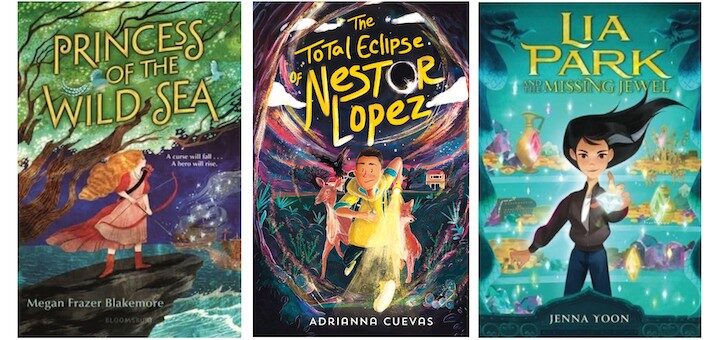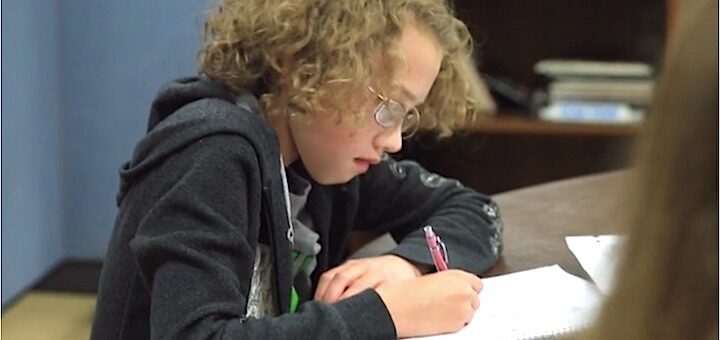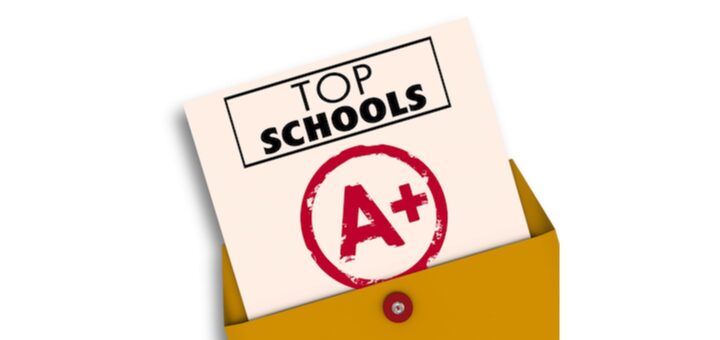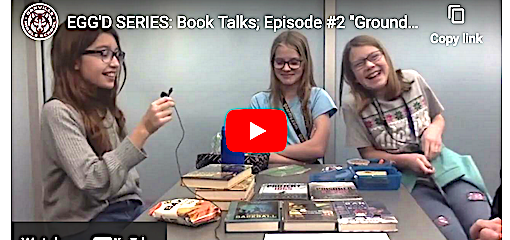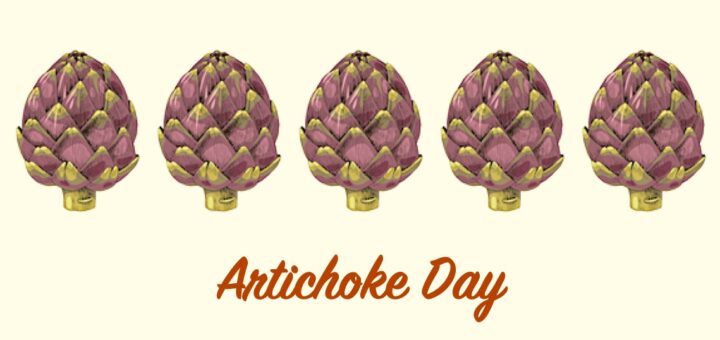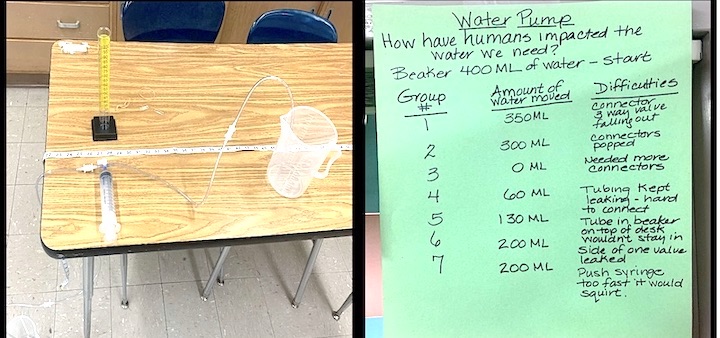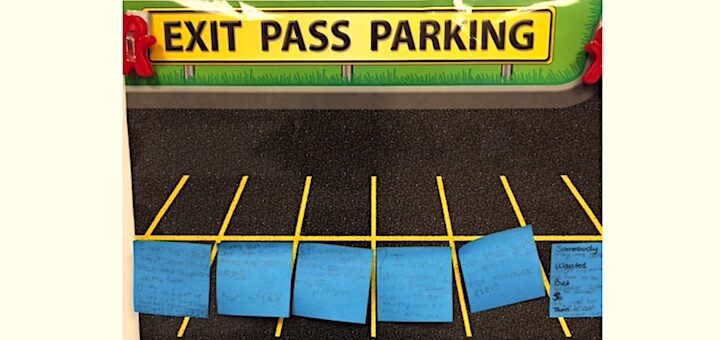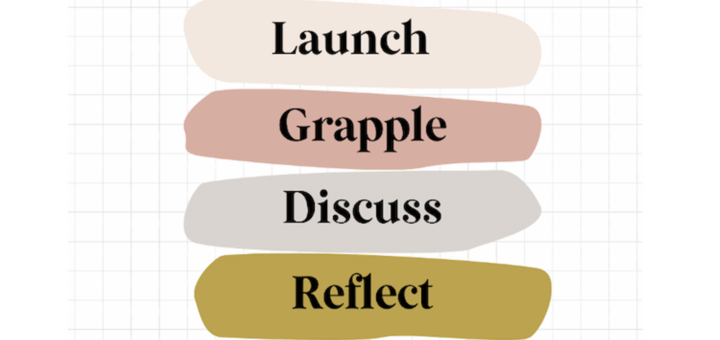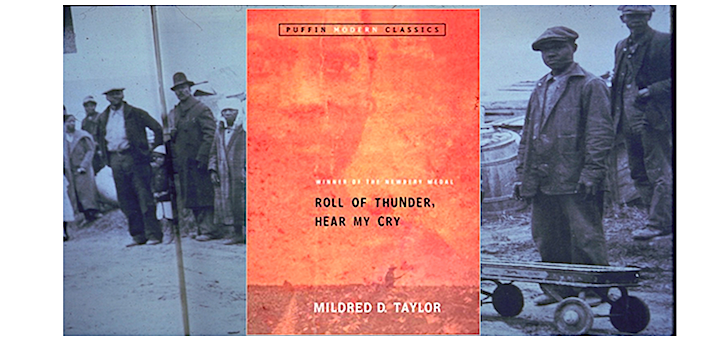Explore Nontraditional Fantasy Novels with Kids
Kasey Short shows how nontraditional fantasy books can be used to address difficult topics, provide real world commentary, counter stereotypes, allow students to see kids that look like them as heroes, and inspire new ways of thinking and imagining. Lots of titles included!

